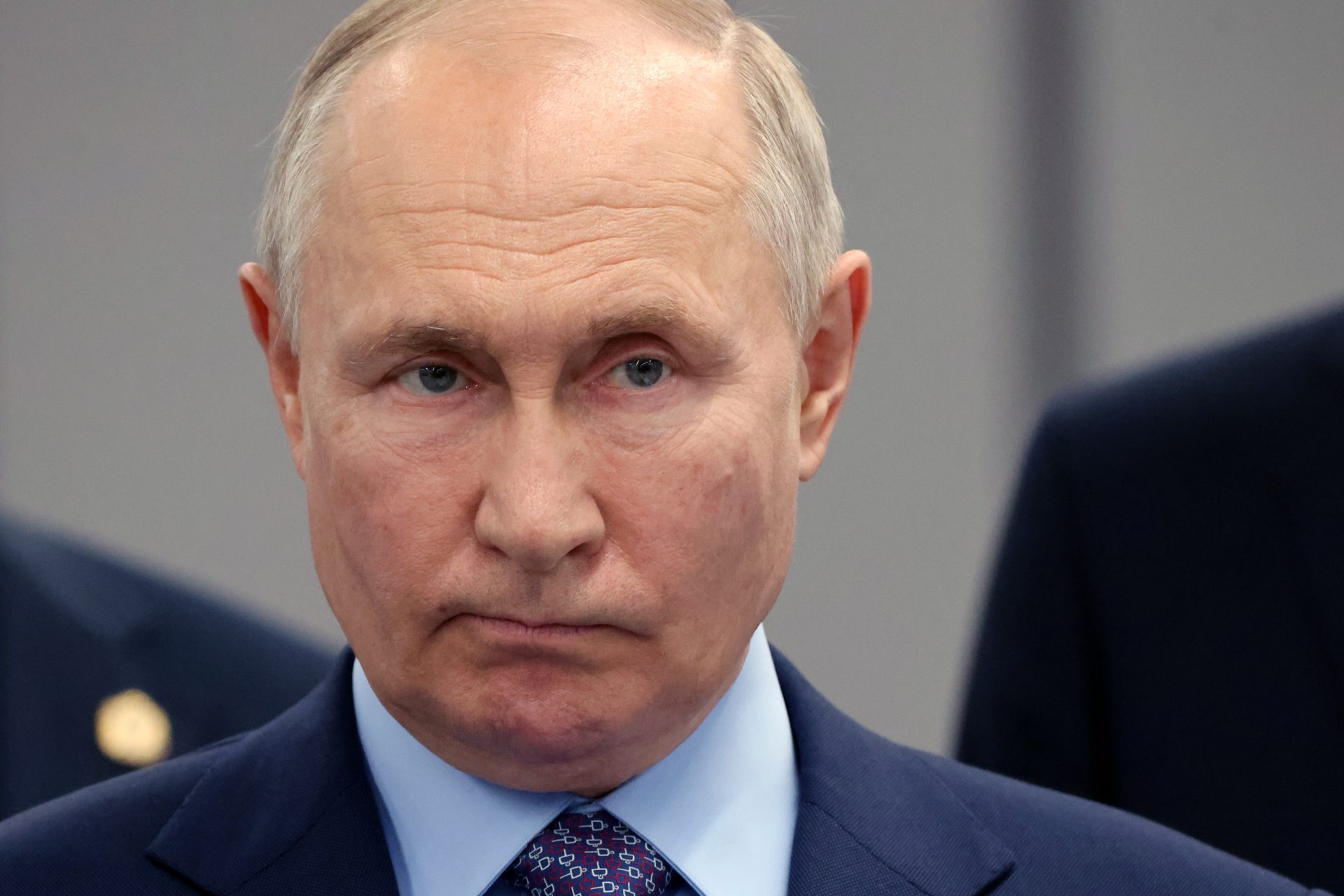Putin moved his tactical nuclear weapons to Belarus, but will he use them?
According to the BBC, in July 2023 Russian President Vladimir Putin confirmed that Russia had begun the process of moving the country's tactical nuclear weapons to Belarus. Putin told the media that the move would be completed by the end of the summer of 2023. But why did Putin decide to do this and is it a sign the Russian leader is planning on using nukes in the war in Ukraine?
On March 25th when Putin made the initial announcement about the move he said, "There is nothing unusual here," Putin explained to one of Russia's state broadcasters, "the United States has been doing this for decades. They have long deployed their tactical nuclear weapons on the territory of their allied countries."
"We agreed that we will do the same—without violating our obligations, I emphasize, without violating our international obligations on the nonproliferation of nuclear weapons," Putin added.
Not all nuclear weapons are created equal, and there has been plenty of talk about “tactical” and “strategic” nuclear weapons. However, what is the difference between them?
To begin with, when we talk about nuclear weapons, strategic nuclear weapons refer to those that cause more significant, large-scale damage. In contrast, tactical nuclear weapons are meant to carry out a limited strike in a smaller area.
The destructive impact of strategic nuclear weapons is very high. If used, they would result in a "traditional" nuclear explosion, resulting in a war that would end humankind.
The bulk of the Russian atomic arsenal is believed to be made up of precisely these types of weapons, used up to now, more than anything else, as a deterrent against the enemy.
However, experts believe Moscow also has many tactical nuclear weapons. Tactical nuclear arms have a reduced destructive potential compared to strategic ones and a shorter range.
Photo by Gulustan, own work, Wikicommons
These weapons are designed to be used in a conflict and allow one to hit specific targets, such as a group of soldiers on the battlefield or an enemy arsenal.
Photo: By US-Department of Energy - Immediate source: Brookings InstitutionUltimate source: Department of Energy, Public Domain,
Tactical weapons are, therefore, small-sized devices and can be mounted, for example, on ground artillery systems.
Photo: By Antoine Misner, Wikicommons
Short-range missiles, such as the well-known Iskander, can be used by the army directly on the battlefield to hit targets. These weapons are highly effective and precise, depending on the type of vector used.
Unlike strategic nuclear weapons, whose launch is preceded by complicated strategic maneuvers, tactical weapons count on a factor that should not be underestimated: the element of surprise.
A surprise attack increases the chances of success of a mission as the possibility of the opponent predicting the use of tactical nuclear weapons in advance is significantly reduced.
Despite being small in size, tactical nuclear weapons still have a more significant destructive effect than conventional weapons.
According to Nina Tannenwald, a lecturer in international relations at Brown University, a tactical nuclear weapon could produce a fireball, shockwaves, and radiation that would lead to "long-term damage to the health of survivors." There are, therefore, huge risks for civilians when they are used.
Nukemap a simulator, created by Alex Wellerstein of the Stevens Institute of Technology (New Jersey, United States), allows us to understand the extent of the destructive effect of a tactical nuclear weapon when used, for example, in a city like Paris.
The bomb used in the simulation is a bomb of "just" 0.3 kilotons (an American B-61 Mod 3): its destructive power would devastate a large part of the historic center of the French capital.
Photo: Nukemap
Higher power clearly corresponds to more damage which could affect a much larger surface. If we consider, for example, the bomb that was detonated in Hiroshima, dropped on the same point in the previous simulation, we notice how the affected area is much larger. That is because the bomb dropped in Japan was around 15 kilotons.
Photo: Nukemap
Most consider tactical nuclear weapons are in the range of one kiloton or less up to 100 kilotons. In contrast, strategic nuclear weapons are much larger and can reach 1,000 kilotons.
According to the BBC, the atomic bomb dropped on Hiroshima by the United States in 1945 would have been considered a tactical nuclear weapon, as it was "only" 15 kilotons.
Not only is there a difference in the destruction that tactical and strategic nuclear weapons cause, but there is also a difference in the distance from which they can be launched.
According to NATO's glossary on nuclear weapons, Russia’s tactical nuclear weapons are designed to hit enemy targets from a distance of up to 186 miles (300 km) to accomplish a tactical mission.
According to the same NATO glossary, Russia's strategic nuclear weapons are designed to engage objects in geographically remote regions over 3,417 miles (5,500 km) away to accomplish strategic missions.
According to Russia's 2020 Doctrine of Deterrence, Russia reserves the right to resort to the use of tactical weapons in battle not only in the event of a threat to its existence but also if it senses a risk at its borders. Given the current situation between Ukraine and Russia, Putin could easily make this call.
The consequent annexation of the four Ukrainian regions to Russia, ratified by the Duma, is a potentially decisive event from this point of view.
Any attempts by Ukraine to regain annexed territory could be just the excuse Russia needs to use tactical nuclear weapons.
More for you
Top Stories







































